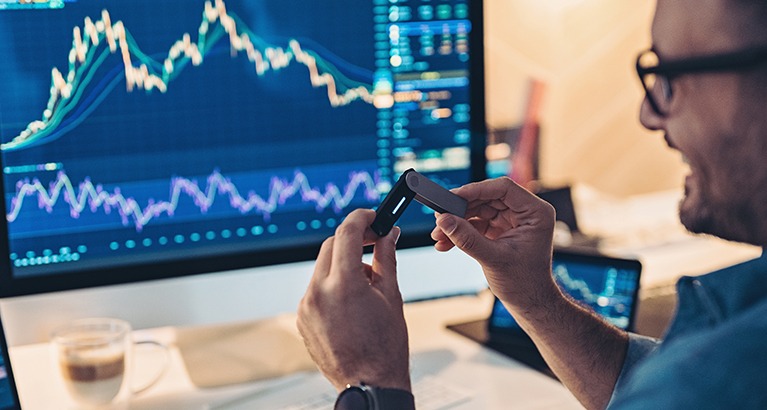
Understanding Crypto Margin Trading: Strategies and Risks
Margin trading in the crypto space has gained increasing attention as a high-risk, high-reward trading method. Traders often find themselves drawn into the promise of amplified profits, but it is crucial to understand the potential pitfalls involved. In this comprehensive guide, we will explore what Crypto Margin Trading is, how it works, and the strategies and risks that it entails. For additional insights, you can check this resource: Crypto Margin Trading http://ceimsa.org/archives/bull-1025.htm
What is Crypto Margin Trading?
Margin trading allows traders to borrow funds to increase their trading position beyond what they could achieve using just their capital. Essentially, this practice involves trading with borrowed money, which can enhance the potential gains but also amplify losses. In the world of cryptocurrencies, margin trading has gained traction through various platforms that offer leverage, enabling users to open larger positions based on a fraction of their actual capital.
How Does Crypto Margin Trading Work?
In crypto margin trading, traders utilize leverage to open trades larger than their actual capital. For example, with 5x leverage, a trader can control $5,000 worth of cryptocurrency with only $1,000 of their own funds. A typical margin trading setup includes:
- Margin Account: To margin trade, users need to open a margin account on a supported exchange.
- Leverage: Traders select the amount of leverage they wish to use, impacting their trading power and risk level.
- Collateral: The trader must deposit collateral to secure borrowed funds. If losses exceed the collateral, a margin call may occur, requiring immediate additional funds or liquidation of the position.
Strategies for Successful Margin Trading
Margin trading can be profitable, but it requires strategic planning and disciplined execution. Here are several strategies to consider:
1. Technical Analysis
Successful traders often rely on technical analysis to make trading decisions. This involves analyzing historical price movements and patterns through charts and indicators to predict future movements. Tools like moving averages, RSI, and MACD can be invaluable in identifying potential entry and exit points.
2. Risk Management
Given the risks involved, effective risk management is essential. Traders should set stop-loss and take-profit orders to limit potential losses and secure profits. Additionally, only a small percentage of capital (usually no more than 1-2%) should be risked on a single trade.

3. Diversification
Diversifying trading positions across different assets can help mitigate risk. Instead of placing all funds into one high-leverage trade, consider spreading them across multiple positions or various cryptocurrencies, thus reducing the impact of potential losses on a single asset.
The Risks of Crypto Margin Trading
While margin trading offers the potential for substantial profits, it is not without its considerable risks. Understanding these risks is vital before engaging in margin trading:
1. Amplified Losses
Just as margin trading can amplify profits, it can also magnify losses. A small market downturn can lead to significant losses that exceed the initial capital, leaving the trader liable for repaying borrowed funds.
2. Liquidation Risk
If the market moves against a trader’s position, and the equity in the margin account falls below a certain threshold, a margin call occurs. This means the exchange can liquidate positions to cover the losses, often at unfavorable prices.
3. Volatility of Cryptocurrencies
The cryptocurrency market is known for its volatility. Rapid price fluctuations can lead to unexpected outcomes in margin trading, where slight market movements can trigger liquidation or stop-loss orders.
Choosing a Margin Trading Platform
Selecting the right exchange for margin trading is crucial for success. Factors to consider include:
- Regulation: Ensure the platform is regulated and recognized in your jurisdiction.
- Reputation: Research user reviews and the platform’s history to gauge reliability.
- Leverage Options: Different platforms offer varying leverage levels. Choose one that aligns with your risk tolerance.
- Fees: Be aware of trading fees, withdrawal fees, and interest rates on borrowed funds.
Conclusion
Crypto margin trading can be an exciting yet daunting venture that requires careful consideration and planning. Understanding the mechanisms involved, developing strategies, and practicing strong risk management are critical for success. For those willing to navigate its risks and rewards, margin trading can unlock new trading opportunities in the dynamic world of cryptocurrencies. Always remember to only invest what you can afford to lose and to educate yourself continuously as the market evolves.
